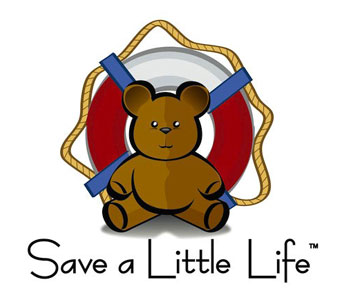SAFETY BELTS DURING PREGNANCY
Safety and good health in pregnancy is always a high priority. Lifestyle changes during this time often include modification in diet, exercise and adequate rest for the soon to be mom. We also take for granted the need to eliminate cigarette smoking and avoidance of alcohol and most other drugs.
Yet, other areas of concern still exist. For example, some women feel that is might be injurious to the developing fetus to wear a seatbelt while driving. This notion was looked into by the National Highway Safety Transportation Administration (NHTSA) and clear recommendations to pregnant women were made. Their findings stated “…there is no evidence that safety belts increase the chance of injury to the baby, uterus, or placenta, no matter how severe the collision.”
It turns out that the mother’s body provides the best cushioning (from the bones, muscles and organs) for her developing baby. Although true that the pressures of a seatbelt can briefly squeeze the baby in the amniotic sac, there is greater cause for concern. “The main risk to the baby is injury or death of its mother. Injuries and death to the baby are closely related to the extent of the injury sustained by its mother.”
HOW TO WEAR SAFETY BELTS DURING PREGNANCY
Lap belts, as well as the lap portion of a lap-shoulder harness combination, should be placed low, across the hips and over the upper thighs. They must lie snugly over the pelvis, one of the stronger bones of our body. Never place the belt over the abdomen. Adjust the shoulder belt for a snug fit. If it cuts across your neck, reposition your car seat for a better fit.
It turns out that the mother’s body provides the best cushioning (from the bones, muscles and organs) for her developing baby. Although true that the pressures of a seatbelt can briefly squeeze the baby in the amniotic sac, there is greater cause for concern. “The main risk to the baby is injury or death of its mother. Injuries and death to the baby are closely related to the extent of the injury sustained by its mother.”




